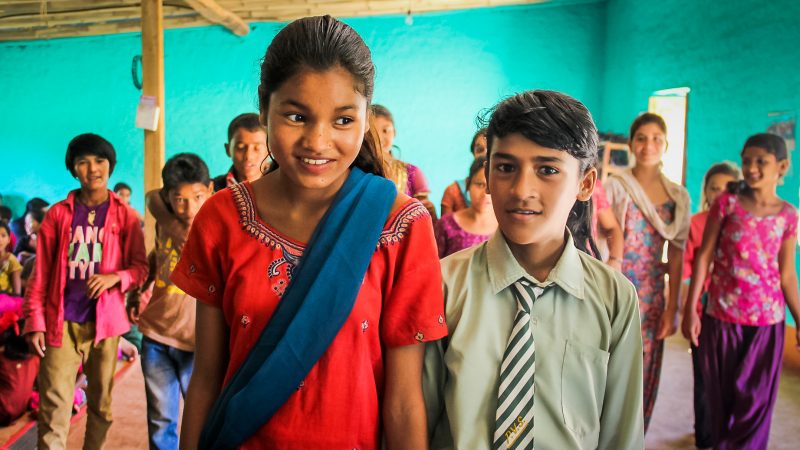ANIMAL EXPERIMENTATION
Fighting fish synchronize their moves—and their genes

Male Siamese fighting fish must be kept separate or they get into long fights.
VALLORIE FRANCIS/ALAMY STOCK PHOTO
I HAVE BEEN RAISING (SAVING) BETA'S FROM STUPID SMALL JARS AND GLASSES FOR DECADES NOW, ONE AT A TIME. THEY GET A TEN GALLON TANK TO THEMSELVES, WELL WITH HALF DOZEN NEON TETRA'S AND A COUPLE OF ALBINO CATFISH. ALL VERY SOCIAL FISH. THEY LIVE TWO YEARS ON AVERAGE, OUR LAST ONE LIVED THREE ALMOST FOUR, THE LAST YEAR WAS SLOW DEATH.
By Elizabeth Pennisi Jun. 17, 2020
When Muhammad Ali duked it out with Joe Frazier in the boxing ring, it’s unlikely anyone thought about what was happening to the genes inside their heads. But a new study in fighting fish has demonstrated that as the fish spar, genes in their brains begin to turn on and off in a coordinated way. It’s still unclear what those genes are doing or how they influence the skirmish, but similar changes may be happening in humans.
The work is “a really cool example of the way that social interactions can get under the skin,” says Alison Bell, a behavioral ecologist at the University of Illinois, Urbana-Champaign, who was not involved with the study.
The molecular basis of how animals, humans included, coordinate behaviors is a mystery. Whether it be mating or fighting, “animals need to be really good at this, but we don’t particularly know how they do it,” says Hans Hofmann, an evolutionary social neuroscientist at the University of Texas, Austin.
When molecular biologist Norihiro Okada at Kitasato University in Japan first saw Siamese fighting fish (Betta splendens) on TV, he realized the animals could help solve this mystery. Native to Thailand, these goldfish-size swimmers have been bred to have very large, vibrantly colored fins and tails. Aquarium owners tend to keep their pets, or “bettas” as they are often called, separate. The fish are territorial and can get into fights that last more than 1 hour, with strikes, bites, and chases (as seen in the video below). They will even lock jaws in a fish version of an arm wrestle.
Okada and colleagues videotaped more than a dozen hours of fights between 17 pairs of fish and then analyzed what happened—and when—in each fight. The longer the fight, the more the fish synchronize their behavior, timing their circling, striking, and biting more than anyone had ever realized, the researchers report today in PLOS Genetics.
The team also determined that fights are highly choreographed. Battles last about 80 minutes, for example, with seemingly “agreed on” breaks between each move. Bouts escalate every 5 to 10 minutes, when fish lock onto each other’s jaws and hold on, a tactic that prevents breathing—and is thus a test of who can hold on the longest. The bettas then break apart to breathe, and the cycle begins anew.
This coordinated behavior happens at a molecular level, too, the researchers found.
After 20 minutes of battle, five pairs of fish were sacrificed, and the researchers compared which genes were turned on in fish brains pre- and postbattle. They did the same for another five pairs after 60 minutes.
At 20 minutes, some of the same genes—“intermediate early genes” that turn on other genes—were active in each fish, the team found. At 60 minutes, hundreds more genes had coordinated expression. The timing of when particular genes turn on is specific to each pair of fish, suggesting the pair’s interactions are coordinating the cascade of changes. “They see a remarkable degree of synchronization,” Hofmann says.
Okada doesn’t know exactly what these genes are doing or how they affect the course of the fight. The weaker fighter needs to be able to assess his opponent’s strength and quit before getting hurt, and the genes may play a role in that, he suggests. But Hofmann and Bell suspect these genes have more influence on how the fish will respond to future fights with other fish.
Last year, two teams reported in Cell that interacting mammals synchronize brain activity. One studied bats flying around a dark room and avoiding collisions, and the other tested dominance in mice in a small arena. In both studies, the longer the animals interacted, the more synchronized their brain activity became.
This latest research “adds a new dimension,” to that work, as it now seems that genes as well as nerve activity get synchronized, says one of the Cell paper’s authors, neuroscientist Weizhe Hong of the University of California, Los Angeles. “Their findings definitely raise many exciting questions for future studies.”
And what we see in fish may apply to humans as well, Bell says. A study from the 1980s, for example, showed the facial features of married couples who had lived together a long time tended to look more and more alike. That, too, Okada says, may also signal a convergence of gene activity.

Elizabeth Pennisi
Liz is a senior correspondent covering many aspects of biology for Science.





















